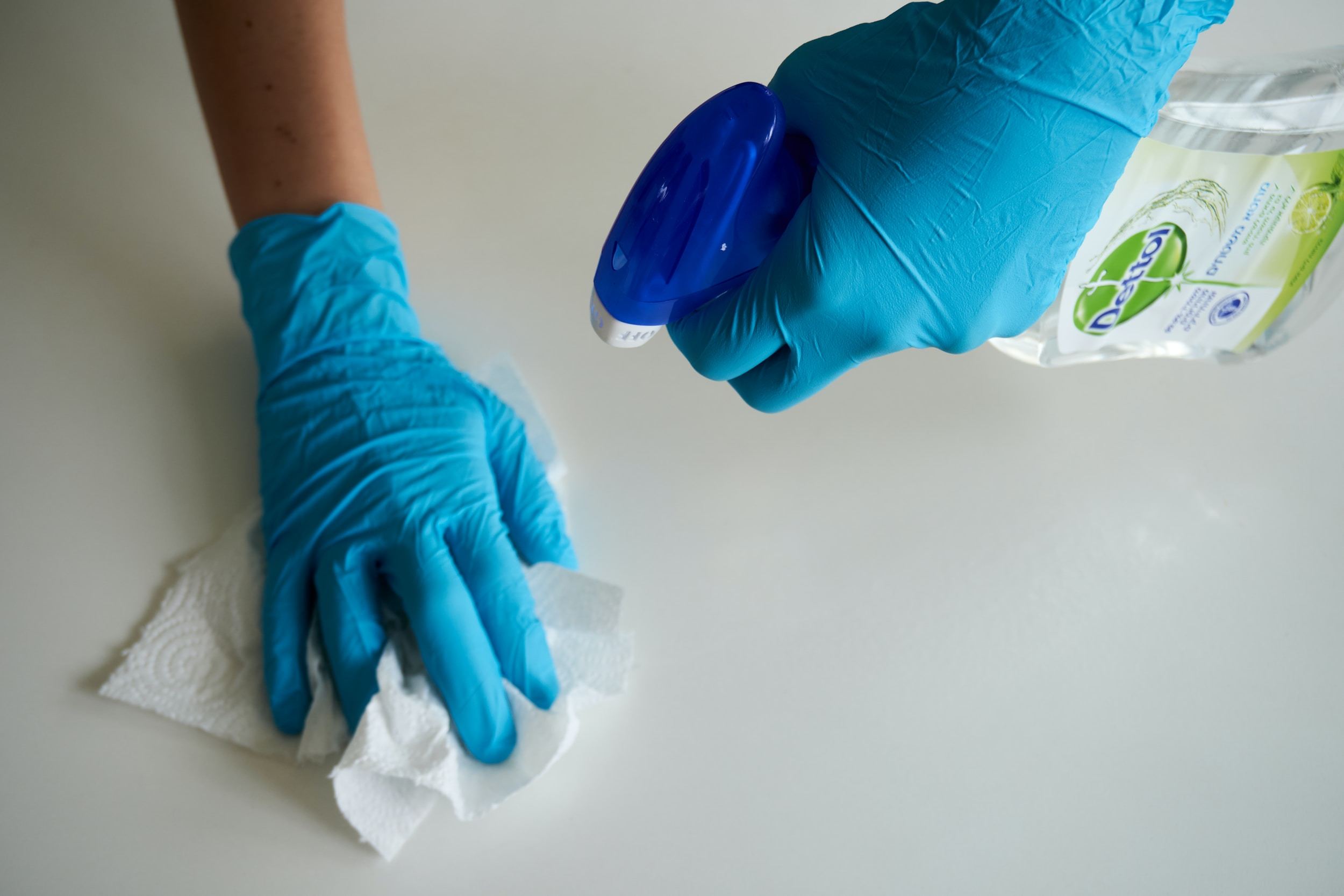Achieving cleanliness and hygiene in any environment requires more than just a mop and bucket—it demands a strategic approach and attention to detail. Successful janitorial cleaning relies on several key building blocks, each playing a crucial role in maintaining pristine spaces. Firstly, comprehensive planning sets the foundation for success. Understanding the layout of the space, identifying high-traffic areas, and assessing specific cleaning needs are essential steps. With a well-thought-out plan in place, janitorial teams can allocate resources effectively and prioritize tasks to maximize efficiency.
Secondly, having the right tools and products is indispensable. High-quality cleaning supplies, equipment, and environmentally-friendly chemicals ensure thorough sanitation while safeguarding the health of occupants. Investing in state-of-the-art machinery, such as HEPA vacuums and microfiber cloths, enhances cleaning efficacy and reduces environmental impact. Moreover, continuous training and skill development empower janitorial staff to use these tools effectively, stay updated on industry best practices, and adapt to evolving cleaning standards.
Lastly, effective communication and feedback mechanisms are fundamental to success. Establishing clear channels of communication between cleaning crews, facility managers, and occupants fosters collaboration and ensures alignment on cleaning expectations and standards. Regular feedback loops enable adjustments to cleaning protocols based on evolving needs and preferences, ultimately leading to higher satisfaction levels among occupants. By prioritizing planning, investing in quality tools and training, and fostering open communication, organizations can lay the building blocks for successful janitorial cleaning, creating healthier and more welcoming environments for all.
